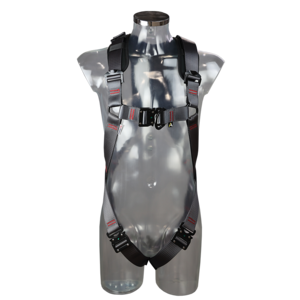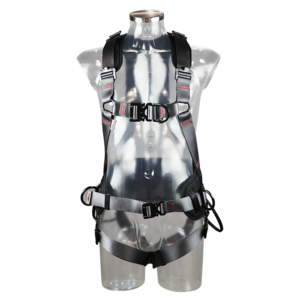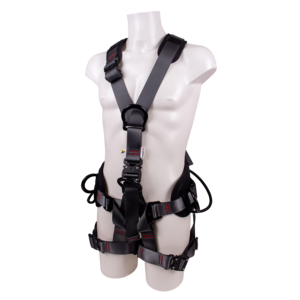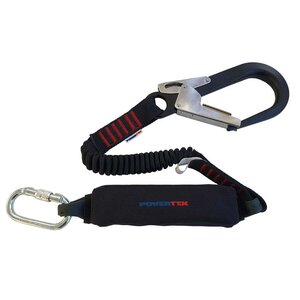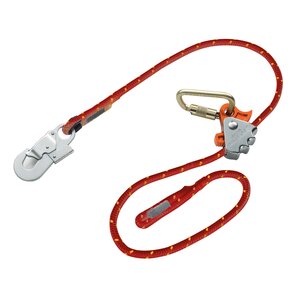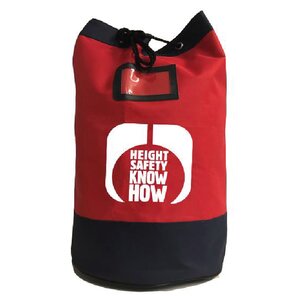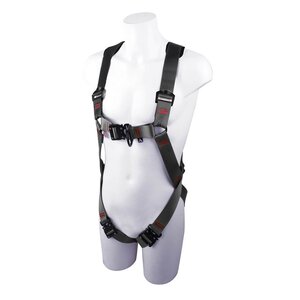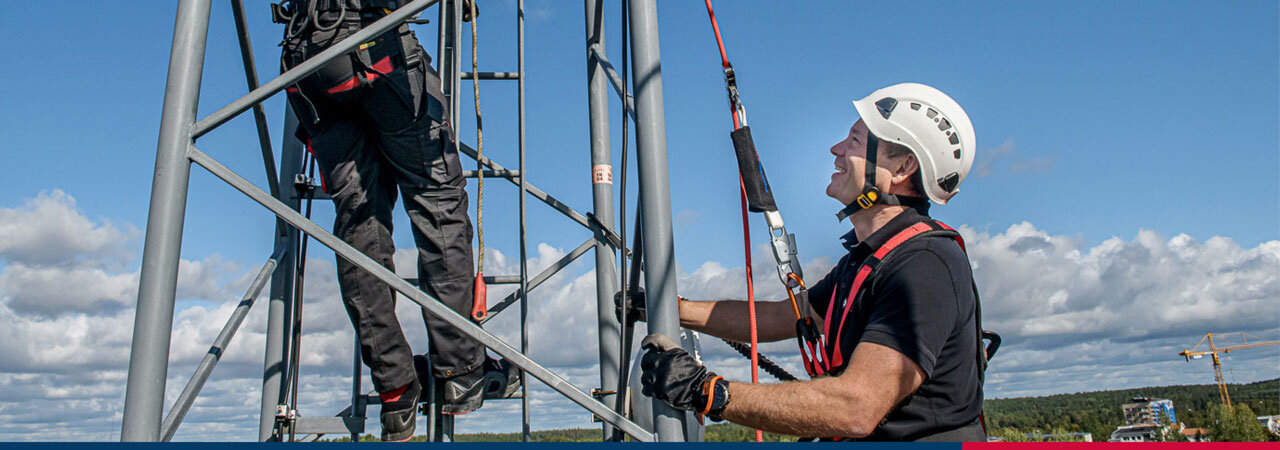
Risks when working at heights
When working at heights, it is important to assess all risks in advance. For the fall protection to save you in the event of a fall, there are three factors you need to take into account: fall factor, fall height and pendulum risk.
Fall factor
The term fall factor is used to assess the risk when working in an environment where there is a risk of falling. The fall factor is used to assess the fall height to which the user may be exposed in the event of a fall. The user can thus ensure that there is no risk of contact with a lower level (ground or ledge).
The user should strive to have as high an anchorage point as possible; this should correspond to a low fall factor. This is because a high anchorage point reduces the fall height and thus also the risk of injury in the event of a fall. In situations where the fall factor is greater than 1 or if the freedom of movement is greater than 0.6 m, fall protection equipment with shock-absorbing function must be used.
Fall height
For fall protection to have the desired effect, there must be a free space under the user so that the equipment can break the fall. The fall height depends on which equipment is selected as well as where the anchorage point is placed. The fall height can be minimized by selecting fall protection blocks. How the fall height is calculated can be seen in the figure below.
Pendulum swing risk
The anchorage point of the fall protection system must be placed vertically above the user, however, a maximum of 15 degrees angle, to prevent pendulum swing in the event of a fall, which can cause injury to the user. If it is not possible to anchor the fall arrest system near the workplace, a point on each side of the user can be used to anchor to and thereby prevent pendulum swing in case of a fall. This can be with a double line or double fall arrest block. With roofing, the risk of pendulum swing can be reduced by placing the anchorage point in a corner, 2.5 m from each edge.
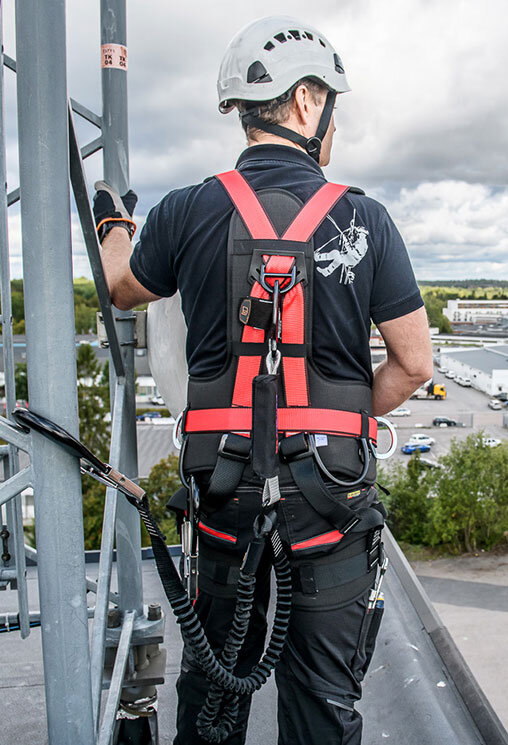

It is recommended to use a climbing helmet with a chin strap, to prevent head injuries in the event of a drop!
 Do you have any questions?
Do you have any questions?
If you have any questions, please send us a message and we will be happy to help.
Personal fall protection - what should I choose?
Read more about which fall protection components you must use to protect yourself when working at heights.
Learn more about rules and requirements for safe use of personal fall protection equipment (PPE)
Read the article and find out which factors you need to know when working with fall protection equipment.
Remember this before you start working with personal fall protection equipment
This requires great demands on both equipment and handling of personal fall protection equipment. Read more about what you should be aware of here.

